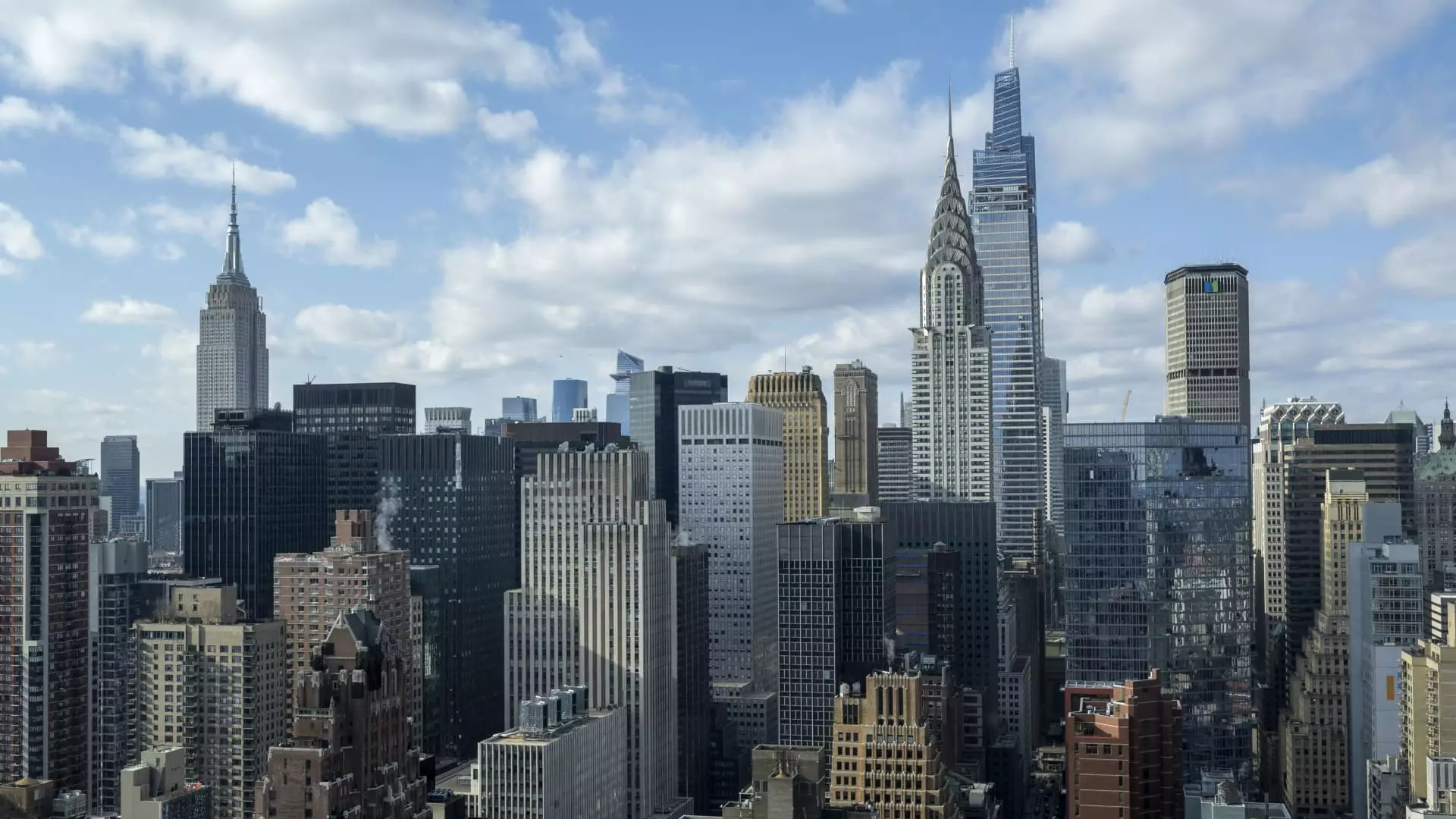As New York City emerges from the shadows of the pandemic, the demand for office space is beginning to resemble the robust activity seen prior to 2020. This revitalization is not merely a fleeting uptick but rather a substantial movement towards in-person work. During the last quarter of 2023, an impressive 25% increase in office demand was observed compared to the previous year, according to VTS, a company specializing in measuring tenant interactions with properties. The surge in demand, marked by the uptick in new tenant tours, indicates a strong resurgence in the office leasing market, suggesting a shift in employer philosophies towards remote work and a reinvigoration of the office environment.
The Unique Dynamics of New York City
Nick Romito, CEO of VTS, attributes this revival in part to the unique cultural and economic vibrancy of New York City, particularly within its finance and technology sectors. The city’s dynamic atmosphere has historically fostered collaboration and innovation—elements that are less tangible in remote work settings. As companies increasingly recognize the value of face-to-face interactions, the necessity for physical office space is becoming paramount. The latest insights from SL Green Realty Corp. substantiate this theory, as the real estate investment trust reports tightening in the office market despite missing revenue projections. This indicates that, while financial expectations may not align perfectly with growth, the overarching trend toward office reoccupation is undeniable.
The labor market is reflecting optimism with projections from the city’s Office of Management and Budget forecasting the creation of 38,000 new jobs that utilize office space by 2025. These roles are anticipated to predominantly emerge from the finance, business services, and IT sectors—an indication that the demand for office space will massively increase over the next years. SL Green’s CEO, Marc Holliday, highlights a crucial point: these are not telecommuting positions. Each new job represents significant square footage of office space that could be absorbed, reinforcing the notion that traditional workspaces are set to regain their significance in the labor market.
Rising Occupancy Rates and Major Deals
SL Green’s closing occupancy rate of 92.5%, paired with projections exceeding 93% for the coming year, signals a promising trajectory for the company’s real estate strategy. This is further illustrated by noteworthy corporate decisions—IBM’s recent lease expansion of close to 93,000 square feet at One Madison Avenue, which brings its total footprint to over 362,000 square feet. This move not only emphasizes a commitment to New York’s technological ecosystem but also showcases how major corporations are investing in their physical presence and workspace environments.
Interestingly, although New York City is often viewed as the benchmark for office recovery, other U.S. cities are also exhibiting signs of growth. VTS reports a 32% annual growth rate in San Francisco—suggesting substantial recovery, albeit from a historically lower baseline. Similarly, cities like Seattle and Chicago are showing growth rates around 15%, driven by businesses adapting to hybrid work models that still require physical office use. As Ryan Masiello, VTS’s chief strategy officer, highlights, the national picture showcases a steady return to in-person work, though New York remains the front-runner in this trend.
Confidence Amid Economic Uncertainty
The positive trajectory of demand for office spaces seems to transcend seasonal expectations and appears resilient even in the face of fluctuating economic conditions. The data showcases that businesses are demonstrating a willingness to commit to long-term office space strategies, suggesting a renewed sense of confidence in the market. This resilience is crucial as it underscores a fundamental shift in the mindset of employers who are opting for stability over the unpredictable nature of remote work.
New York City is not just rebounding; it is transforming its office landscape to meet modern demands, and the data supports a future characterized by growth, collaboration, and adaptability. The post-pandemic return to the office signifies more than just a statistic—it represents an evolving understanding of how work will take shape in years to come.

